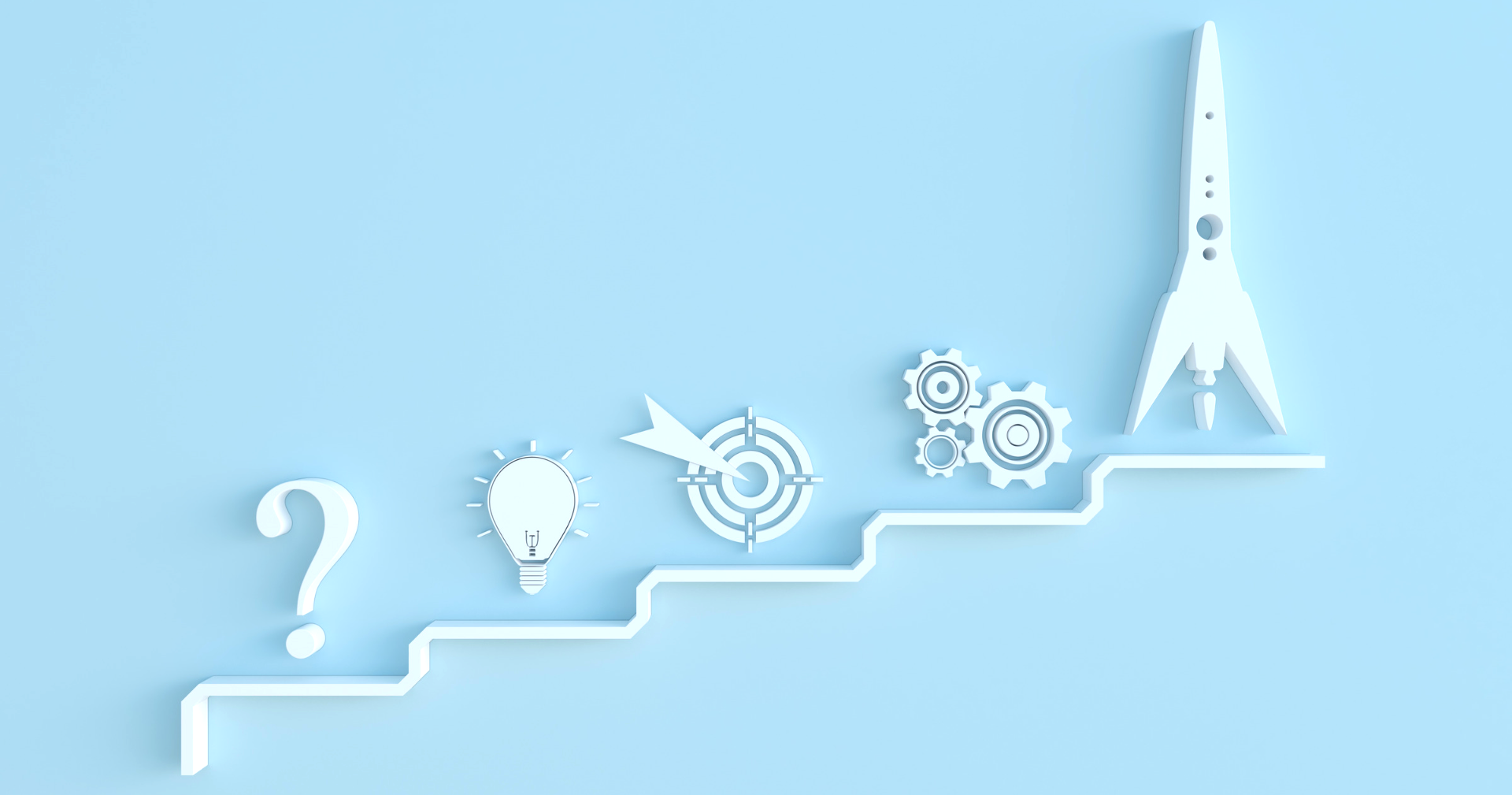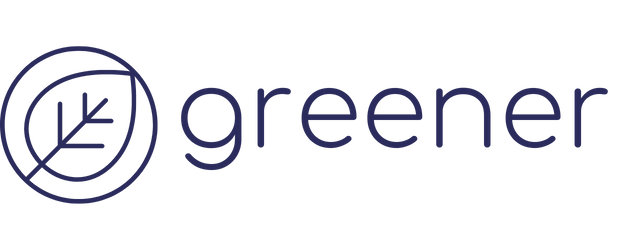
Why you should master the CSO tool of Systems Thinking
Systems thinking is a term you’ve likely heard bandied about. It focuses on the relationships between different aspects of a process and then asks you to consider how they interact together to create certain outcomes.
In our previous article we talked about how you can bring elements of the Chief Sustainability Office mindset to bear on your business with positive results, particularly when it comes to things like emissions and waste management. Today, we’re diving back into this topic with a focus on how the CSO tool of systems thinking could be just what your business needs.
But first up, what even is systems thinking? This isn’t necessarily a completely straightforward question to answer as people often have different definitions or applications they fall-back on. At its simplest though, systems thinking is a framework that has you look at your business as a multi-faceted organism with lots of interacting and moving parts then helps you to find and articulate assumptions about where things are going wrong or what could be done more efficiently.
In a bumper sticker, it’s about defining and solving the right problems.
Businesses are like icebergs, only the smallest part can be seen at first glance; most of the structural work is happening below the surface where work patterns, supply chain structures and the underlying business culture are shaping your outcomes.
Here are the big elements of systems thinking and how you can apply them to your own business.
Read: Be Your Own CSO here
- Interconnectedness - This is actually about a shift in your mindset. To be an effective systems thinker you need to begin by moving away from seeing your business processes as linear and instead as circular. I’ve read before that a good way to visualise this would be the inside of a watch where, out of sight, mechanisms of all sizes are interacting with one another to create bigger outcomes.
- Build better feedback loops - You need to understand, explore and improve how these work in your systems. Key to this is removing barriers to the free flow of information, and increasing the amount of data you can access about outcomes. This can be really challenging on wider scales (for example if you are trying to analyse your business’s supply chain as you’re relying on another party to give you those data points). However, as is always the case with systems thinking, you can start smaller with an area that you can control then start expanding as you identify more nodes to add to the system. Even without the whole picture you can start to make a difference.
- Get past simple cause & effect - It is crucial to learn the “why” and the “how” behind the impact that different actions are having on your business’s workflow. This may require you to dive deeper into impact areas which you are not currently exploring or are not as familiar with. It may also require conversations with your partners and team members who are closer to these issues to hear their experiences and perspective. Accepting that you aren’t always the expert is key.
- Map out how your business operates now, today - Identify and map the elements to understand how they connect, relate and act within your business then take time to glean useful insights you can act on. Creating this kind of “business diagram” can allow you to identify connections, bottlenecks, and impact hotspots which you aren’t currently aware of.
If we are to reduce our collective impact, then we need to understand how to leverage systems to do so in the most efficient and effective manner possible.
However, in isolation these components seem a bit abstract and conceptual. What are the real world sustainability problems that systems thinking can address? Well, the list is endless, but to highlight a few specific areas:
Is this new partner improving or worsening the ESG performance of my company?
How are local stakeholders being impacted by the business’s operations?
Who will be most negatively impacted if the company takes a certain course of action?
Which energy provider will allow the company to balance its costs and environmental impact most effectively?
Ultimately being your company’s chief sustainability point person is all about understanding systems dynamics. Everything you do in your work will have knock-on effects to other areas, and understanding how impactful some of these effects are is crucial.
At a macro level the economy, society, and the environment are not distinct, self-contained boxes: they are all parts of an interconnected, complex, and dynamic system. If we are to reduce our collective impact, then we need to understand how to leverage systems to do so in the most efficient and effective manner possible.
But don’t freak out. This is not to put pressure on decision makers to become omnipotent and always make perfect decisions. It is impossible to have perfect knowledge in systems that are so complex as supply chains, and focusing on perfection can and will stand in the way of making progress. As decision-makers, your job is to improve, not to immediately be perfect.
If this all still seems a bit overwhelming you can also contact our team to discuss our consulting services and have a sustainability expert help guide you through this process.
Dan Yates is the Co-Founder and CEO of Greener
Join the newsletter
Welcome to our newsletter! :)
Oops, there was an error.
Please try again later.

